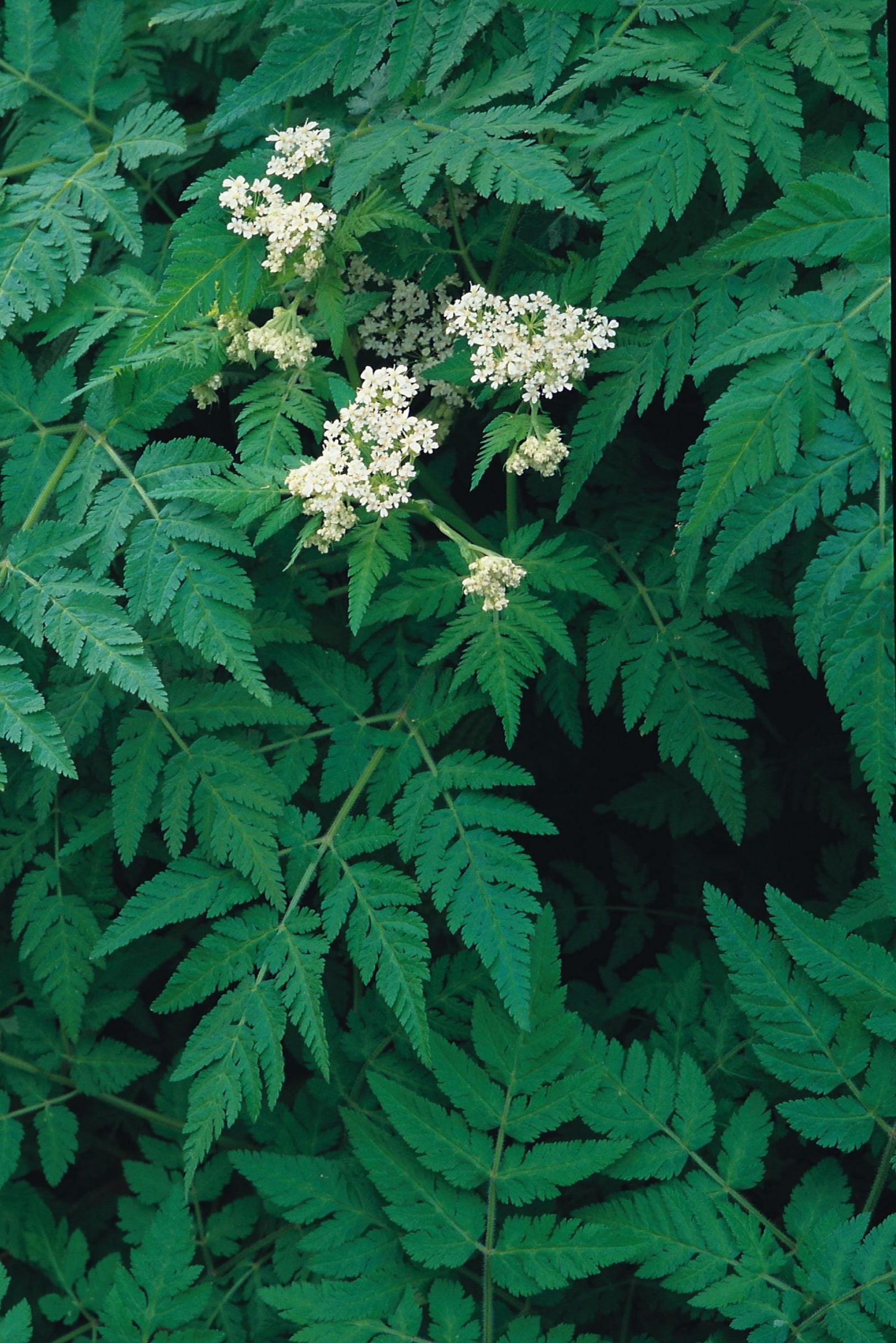Sweet Cicely
Sweet Cicely
Packet Size: 10 seeds
Couldn't load pickup availability
The leaves of Sweet Cicely, Myrrhis oderata, are often used to sweeten and reduce the acidity in stewed fruits but have other culinary uses – there are more details below. As the name suggests the leaves are slightly sweet and they are also slightly aniseed (liquorice) flavoured. Autumn sow but can be vernalised for spring sowing. Perennial
🌱 Seasonal Growing Guide
SPRING/AUTUMN: sow 1 per module then cover with glass and leave outside over the winter. Don’t let the compost dry out. To spring sow - mix the seed with a small amount of damp sharp sand and refrigerate for 4 weeks before sowing in pots. When the seedlings are large enough to handle transplant them to their final positions, 50-60cm apart. Take root cuttings from established plants
SUMMER: cut back after flowering for reinvigorated new growth and to prevent self-seeding.
📌USES
GREAT FOR WILDLIFE
• The flowers open early in the year; they are some of the first available for pollinators
• Attracts beneficial insects and butterflies
EDIBLE
• Add sweetness and slightly aniseed (liquorice) flavour, especially good with tart fruits such as rhubarb and gooseberry
• Sweet Cicely can behave as a catalyser, bringing out the other flavours in the food, often at its own expense
• Added to a bouquet garni it will enhance the other herbal flavours
• The fresh leaves can be used in fruit salads
• Fresh leaves can be used in dips and added to vegetable platters and salads
• Leaves can also be cooked – think soup, stew and omelette
• The flat umbels of white flowers and the roots can also be used for cooking.
• Sweet Cicely can be used as a sugar substitute by diabetics
• The seeds have a stronger aniseed flavour – they can be eaten raw whilst green
• Sweet Cicely can be used to make syrups or infusions
IN THE GARDEN
• Enjoys growing in dappled shade or full shade but will tolerate sun
• It likes a rich, well-drained soil
• Reaches 90cm tall, occasionally when the situation is perfect it can reach towards 2m in height
• Traditionally grown by the kitchen door to be on hand for adding sweetness
• Plant on the shady side of your fruiting bushes and under fruit trees
HISTORICAL
• Not widely documented in ancient texts
• The name goes back to ancient Greek
• The latin name is derived from the Greek word for perfume as it has a myrrh-like smell.
• Across Europe it is referred to by different names: Spanish chervil, Roman chervil
• First made by Carthusian monks in the 18th century Sweet Cicely is one of the main ingredients in the liqueur Chartreuse.
• Although growing across Europe it is considered to be an English herb, with close associations to midsummer festivals…perhaps to aid digestion after feasting.
• During the Black Death the plant was used with Angelica (Angelica archangelica) to prevent infection
MEDICINAL
• Please Note: we do not promote the medicinal use of plants – guidance and information should be sought elsewhere.
• Sweet Cicely is taken as a tea or tonic for asthma and other breathing problems, cough, digestion problems, chest and throat complaints, and urinary tract disorders. It is also used as a “blood purifier.”
• As an antiseptic – the essential oil is thought to have antimicrobial properties – a traditionally used on wounds from dog bites
• Used as a carminative – to help reduce flatulence
• It is said to be useful for people that are weak from exhaustion after caring for someone over a long period of time or recovering from chronic illness themselves.

Collapsible content
Sowing
- Mar
- Apr
- May
- Sep
- Oct
- Nov
Harvesting / Flowering
- Mar
- Apr
- May
- Jun
- Jul
- Aug
- Sep

